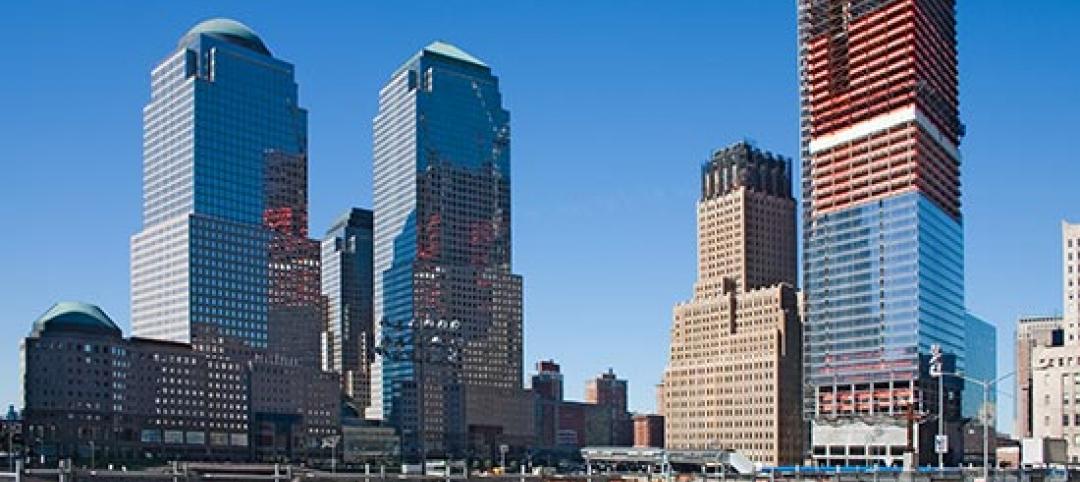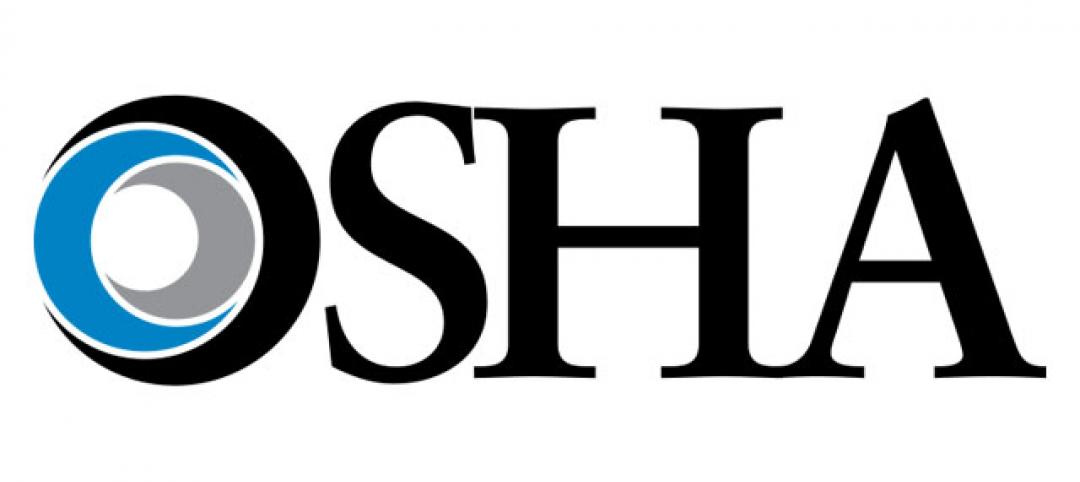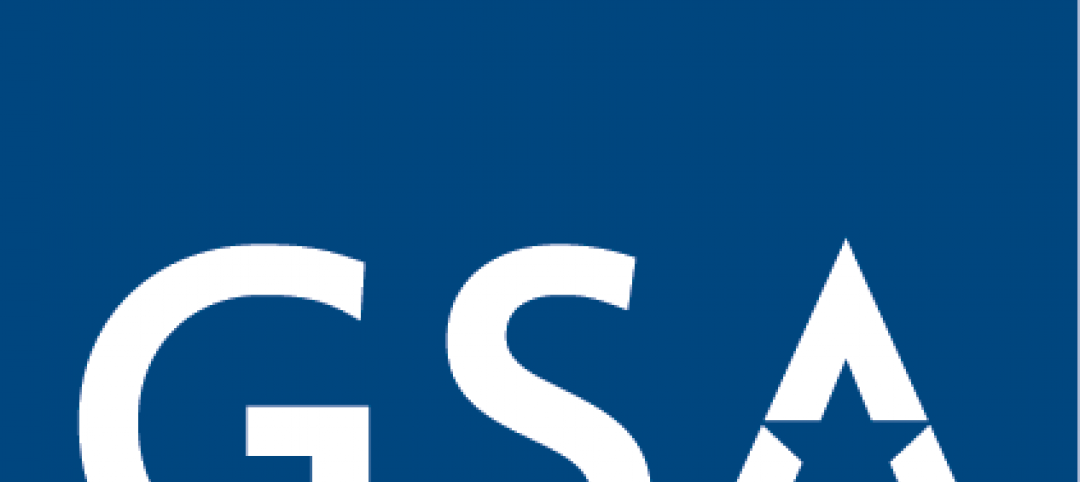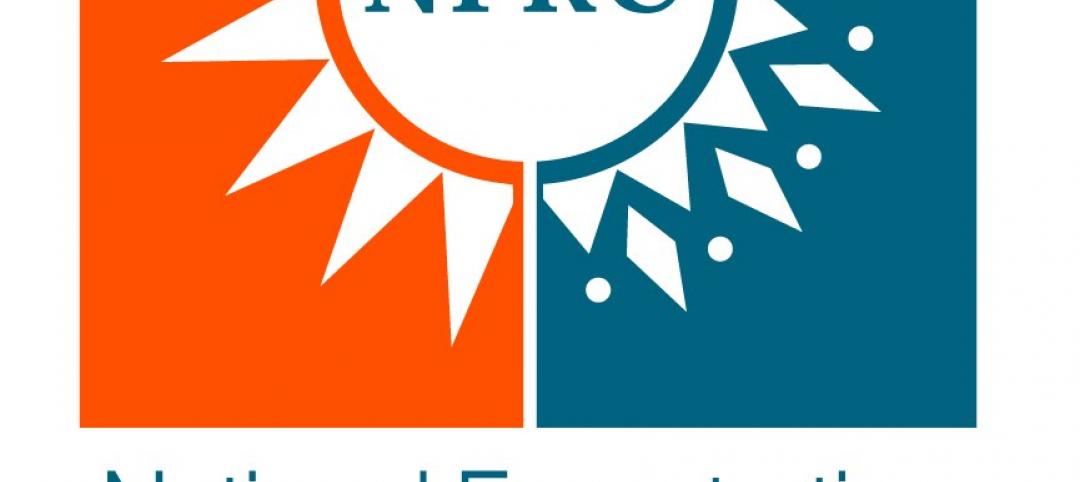ASHRAE has compiled a COVID-19 Preparedness Resources webpage that includes a recently approved position document on Airborne Infectious Diseases.
The site (ashrae.org/COVID19) provides resources from ASHRAE to building industry professionals. The position document advises that new and existing healthcare intake and waiting areas, crowded shelters, and similar facilities should go beyond the minimum requirements of these documents.
Techniques covered in ASHRAE’s Indoor Air Quality Guide can better prepare building owners to control airborne infectious disease, an ASHRAE news release states. “Because small particles remain airborne for some period of time, the design and operation of HVAC systems that move air can affect disease transmission in several ways, such as by:
· Supplying clean air to susceptible occupants
· Containing contaminated air and/or exhausting it to the outdoors
· Diluting the air in a space with cleaner air from outdoors and/or by filtering the air
· Cleaning the air within the room
ASHRAE recommends the following strategies to address disease transmission: dilution ventilation, laminar and other in-room flow regimes, differential room pressurization, personalized ventilation, source capture ventilation, filtration (central or unitary), and UVGI (upper room, in-room, and in the airstream). “Owners, operators, and engineers are encouraged to collaborate with infection prevention specialists knowledgeable about transmission of infection in the community and the workplace and about strategies for prevention and risk mitigation,” the release says.
Related Stories
| Dec 12, 2011
Philadelphia Mayor Signs Order for Project Labor Agreements
Philadelphia Mayor Michael Nutter signed an executive order establishing project labor agreements for major public works projects in Philadelphia.
| Dec 12, 2011
Improved Code Requirements for Attic Ventilation
The International Code Council (ICC) recently published the 2012 International Residential Code (IRC) that includes improved code requirements for balanced intake and exhaust for ventilated attics.
| Dec 12, 2011
DOE makes 2010 ASHRAE energy standard the reference for state energy codes
The U.S. Department of Energy (DOE) issued a ruling that establishes the 2010 American Society of Heating, Refrigerating and Air-Conditioning Engineers’ (ASHRAE’s) 2010 energy efficiency standard as the commercial building reference standard for state building energy codes.
| Dec 1, 2011
Chinese cabinet approves regulation to prevent fraud in construction bidding
China’s State Council approved a regulation to standardize bidding processes for construction and other business-related projects in order to prevent fraud and misconduct.
| Dec 1, 2011
More stringent efficiency codes driving growth in green building industry
Thanks partly to upgraded building codes, the building energy efficiency market will soar more than 50% between now and 2017 to $103.5 billion, according to Pike Research.
| Dec 1, 2011
Safety tracking tool helping prevent injuries at World Trade Center site
Since putting in place their Safety Management Systems Tracking Tool three years ago, risk managers for the World Trade Center project in New York say they've seen workplace injuries, reported hazards, and workers compensation claims decline.
| Dec 1, 2011
OSHA releases new construction safety videos
OSHA released new safety videos to offer both employers and workers brief, easy-to-understand education about construction safety.
| Dec 1, 2011
GSA Region 5 BIM standards could set national agenda in government contracting
Learning how the GSA wants to work with contractors using Building Information Models (BIM) will dramatically improve your odds of winning federal work.
| Nov 23, 2011
Fenestration council seeks committee members
The National Fenestration Rating Council (NFRC) is seeking members for a committee to pursue recognition of its ratings procedures from the American National Standard Institute (ANSI).
| Nov 23, 2011
Obama signs repeal of 3% withholding on government contracts
President Obama signed a bill that repeals a law requiring governments to withhold 3% of payments over $10,000 to contractors.















